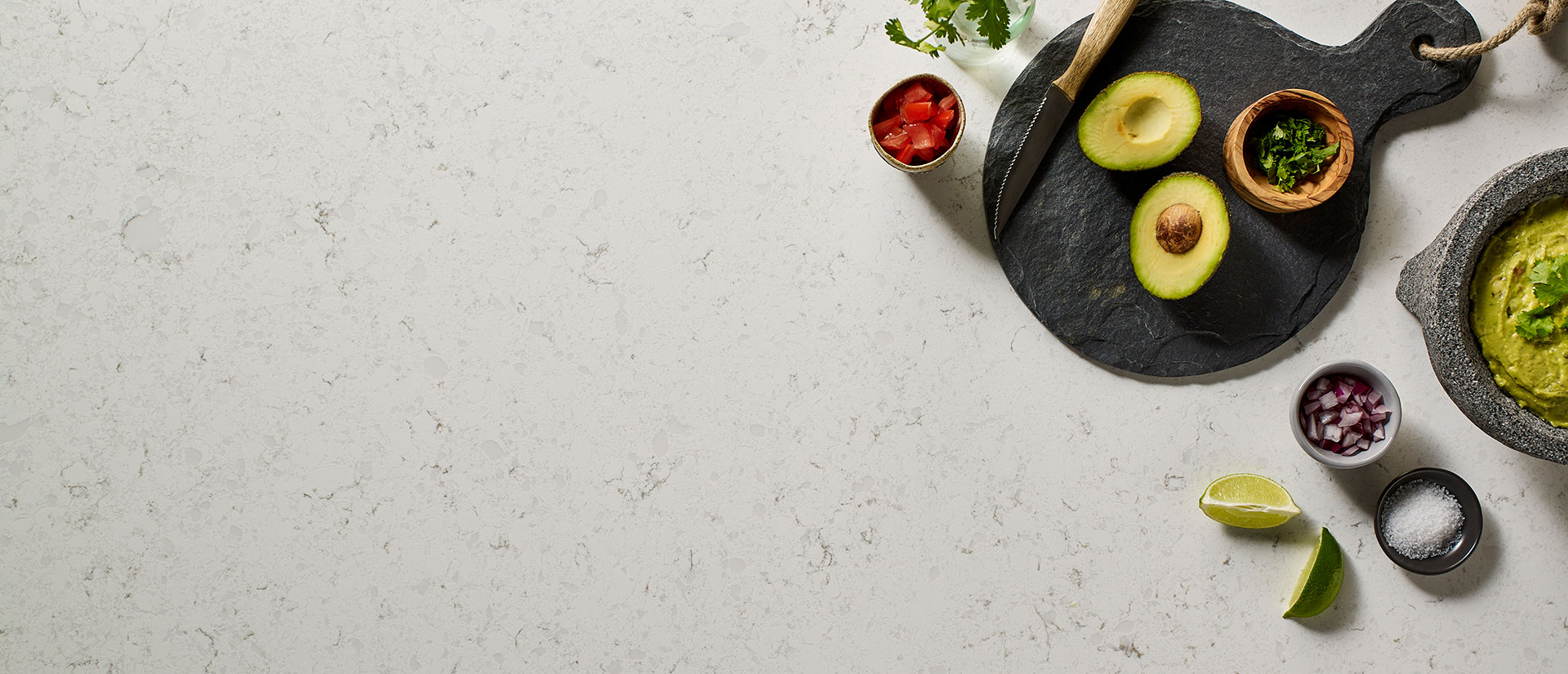Set in Stone: What is Veining?
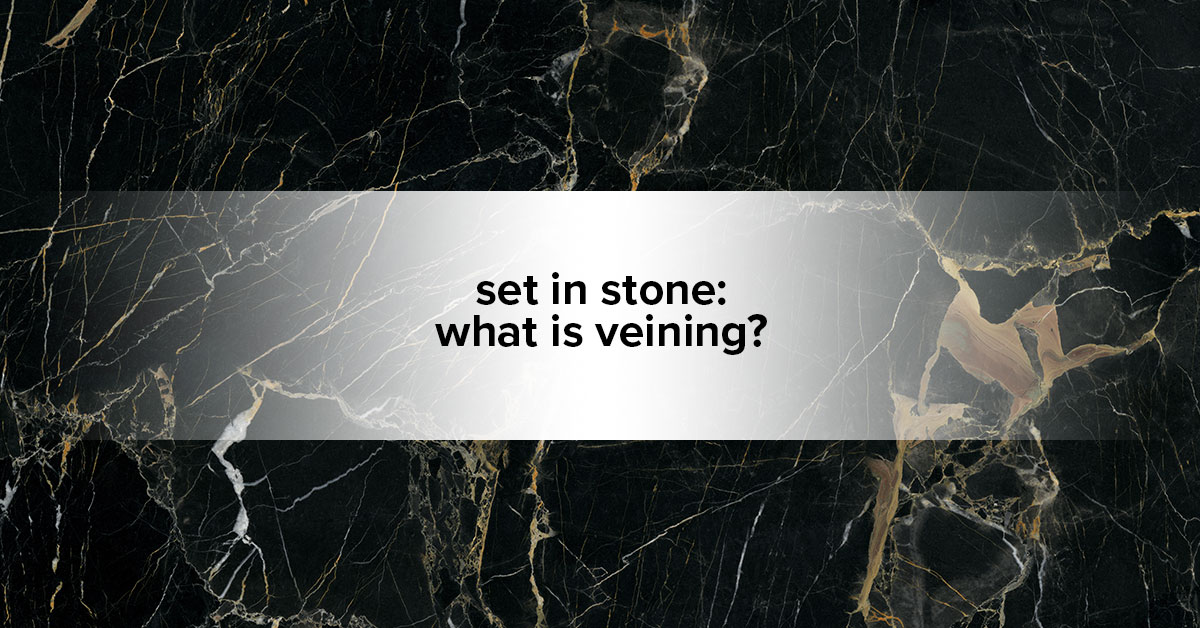
Date Posted: 03/01/2021
Set in Stone: What is Veining?
Looking at the veining in a natural stone sample is a popular feature that many people love because of the earth and the luxurious style that it brings to the stone that contains it. When browsing natural stone countertop slabs, you’ll find veining in granite, marble, and quartz to name a few.
But, what even is veining?
Veining refers to the elongated, curvy, and sometimes zigzagging lines that dance across and cut through natural stone. In geological terms, the veins are layers or sheets of minerals that have crystallized inside of the rock. The minerals have been placed there through a flow of water that eventually evaporates and leaves behind the mineral particles. The mineral traces are elongated and can have varying widths and various branches.
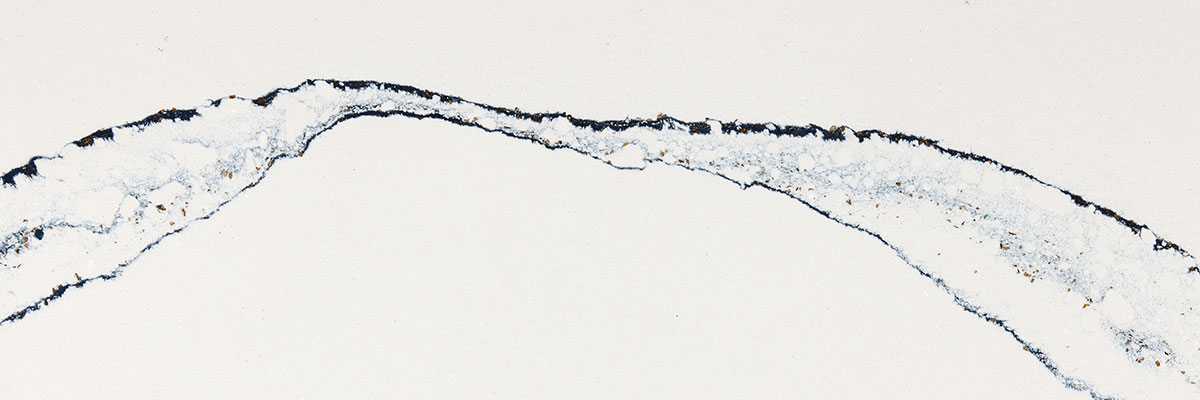
There are two major veining categories, open-space filling and crack-seal growth. Open-space filling occurs when low pressure where the mineral deposits distribute themselves within certain distinct areas of a stone continue to fill any spaces that are open. These veins radiate out from a specific point -- think agate for an example. Crack-seal veins often occur quickly and at higher pressures, which cause big open spaces to open up inside the rock. Minerals are then deposited into the space and settle as the water or other liquid evaporates.
If you’re a homeowner or business owner shopping for natural stone materials for your design project, you’ll most commonly see examples of banded and asymmetrical veins. An asymmetrical vein has layers made up of varying material on either side, and a banded vein has layers of different minerals laying parallel to the walls.
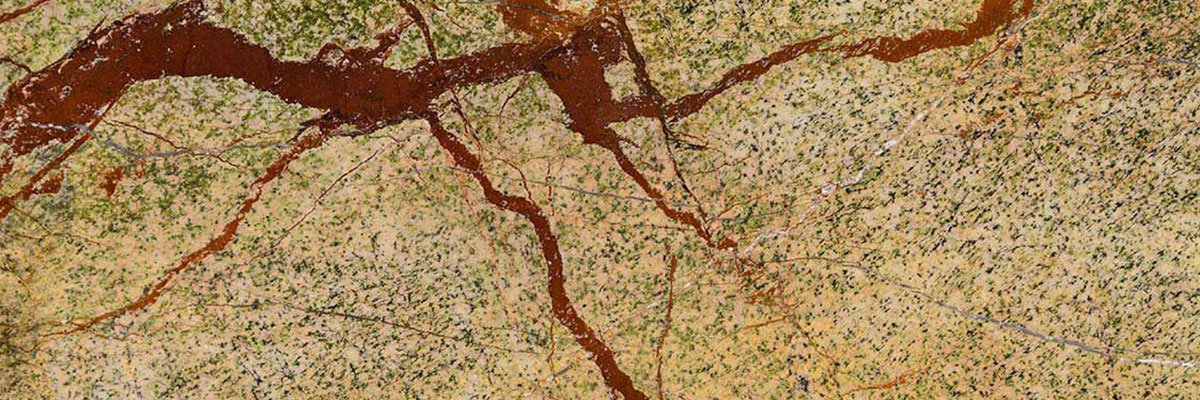
The vast variety of colors from the mineral deposits in stone can go from a myriad of hues that include red, green, purple, gray, black, and even gold. Granite is a great example of natural stone that can have both elongated veins and flecks of color. Marble stone slabs can be seen with thick and dark veining, while other types of stones display fine veining that is lighter in color. The veining color will be connected with the area where the stone was formed and the types of minerals located there.
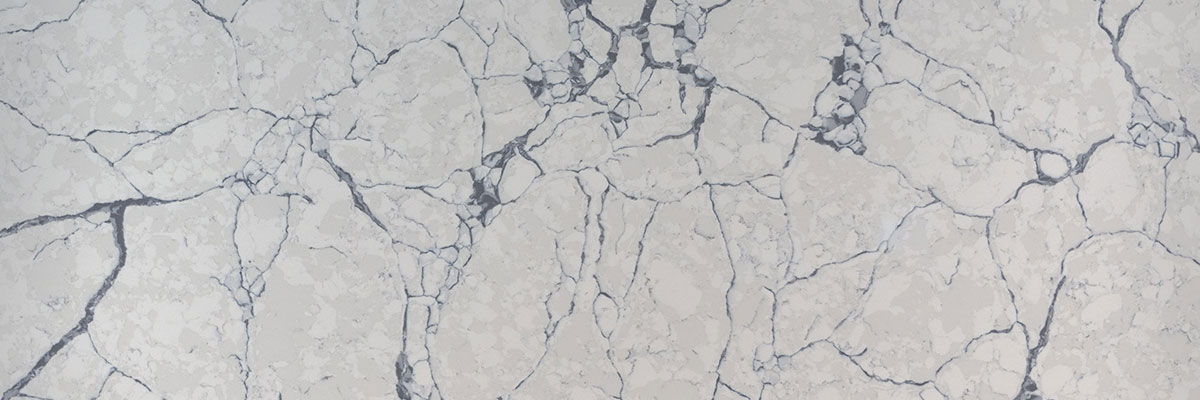
Veining is a great indicator of a natural stone’s character. With the range of color hues available, and the one-of-a-kind patterns, anyone can get an idea of how veining can enhance natural stone and the space that it occupies. Should you have further questions about the different vein types and cuts, or are interested in looking more closely at natural stone selections, contact Absolute Granite at Surfaces PCB to learn more! Our professional team is here to help you find the perfect natural stone materials for your countertops, shower surrounds, floors, and more!
